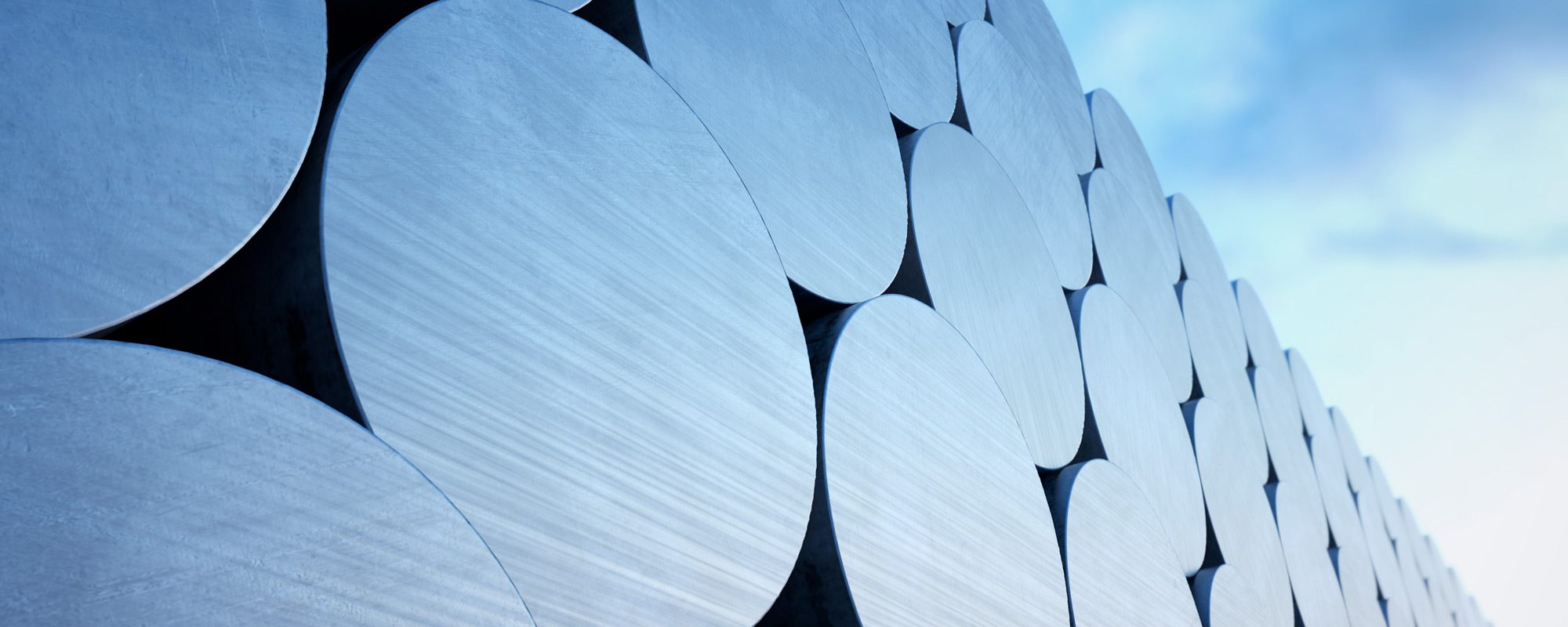Steel and energy efficiency – can everybody benefit?
For people familiar with the West Yorkshire Steel blog, you’ll have heard us reference steel as the backbone of modern living. Almost everything that you can see relies on steel somewhere, whether it’s modern skyscrapers, cutting edge appliances or even the internet, which uses lots of steel in its infrastructure. Despite being at the heart of how we live today, sometimes steel is still imagined in terms of the Industrial Revolution of the 18th and 19th Centuries, which doesn’t fit today’s image at all.

Modern thinking for steel
Put simply, the reason why steel is so widely used is because it’s the right material for the job. There are hundreds of steel grades readily available and each one has a particular speciality, whether it’s for a washing machine or a surgeon’s scalpel. Materials technology has come on in leaps and bounds in the last few decades, but steel still sits ahead of them for practicality.
This doesn’t mean that steel can rest on its laurels, however. Research into steel continues at breakneck speed because steel needs to remain relevant and in step with the modern world that it helps to create, but one of the chief concerns of modern living is around energy efficiency and green issues – and steel is in keeping up!
Save energy, better steel
In truth, the amount of energy required to produce a tonne of steel has actually been falling since around 1960, thanks to improvements in technology, steel processing and the production of energy itself. Steel produced in the 2020s requires, on average, about 60% less energy than it did fifty years previously.
Incidental improvements are not enough for steel manufacturers, however, as one survey found that every steel manufacturer that was asked listed energy efficiency as a priority for their business and 93% had engaged some kind of energy efficiency measure, from active energy management systems to energy recouping technology to make use of previously ‘wasted’ power and optimise usage.
Why is energy efficiency important to steel?
Creating steel is still an intensive process; creating steel from ore requires large amounts of energy and maintaining it uses lots of heat. In the reasons given for reducing energy usage, less than 1 in 5 said that Government targets were important, for most it was about cutting costs and providing the same output whilst reducing financial input.
Decreasing energy input also has the effect of increasing productivity as well as reducing costs, but companies are also wanting to make use of the increased corporate reputation that comes from being a ‘greener’ business. For businesses that are providing a product as visible as steel, it makes perfect sense to position yourself as central in regards to modern concerns such as energy and the environment.
Can steel do more?
Steel is the perfect material for many products, but it must stay modern, competitive and relevant, but the fact is that there are lots of exciting ideas regarding steel and energy. It’s not simply about energy saving or limiting the power used, but steel could position itself at the heart of cutting edge thinking.
Steel is often used for energy production, but as we shift towards renewable energy sources, creating wind turbines from steel could reduce in a negative amount of energy used – a 3MW wind turbine over two decades could create up to 75-80 times as much
